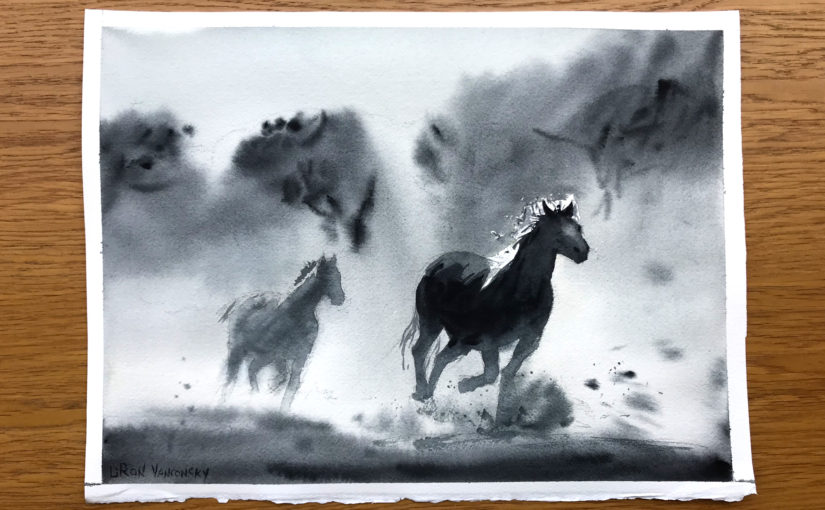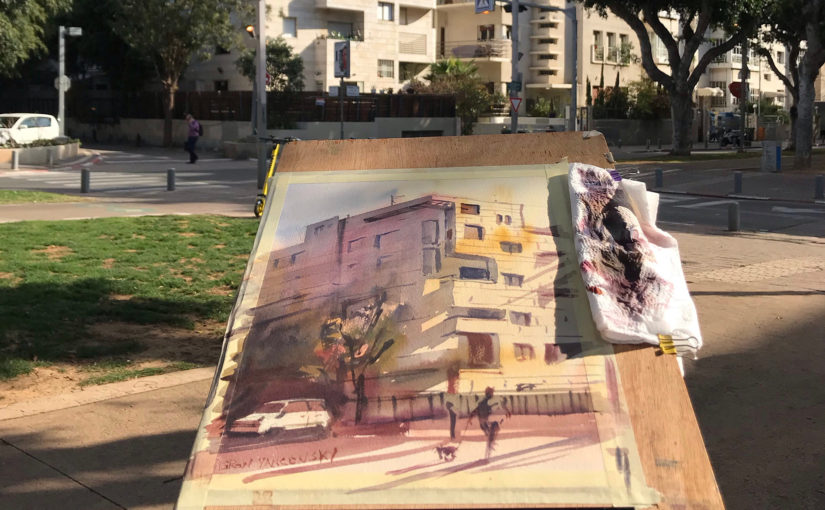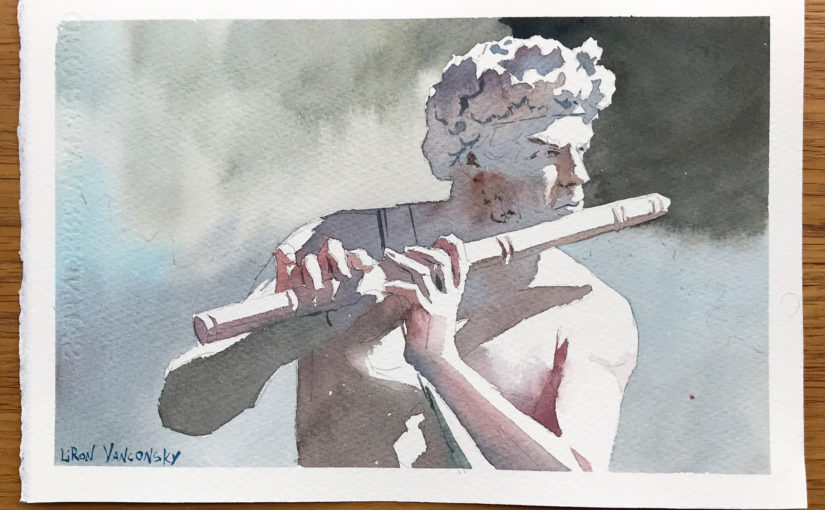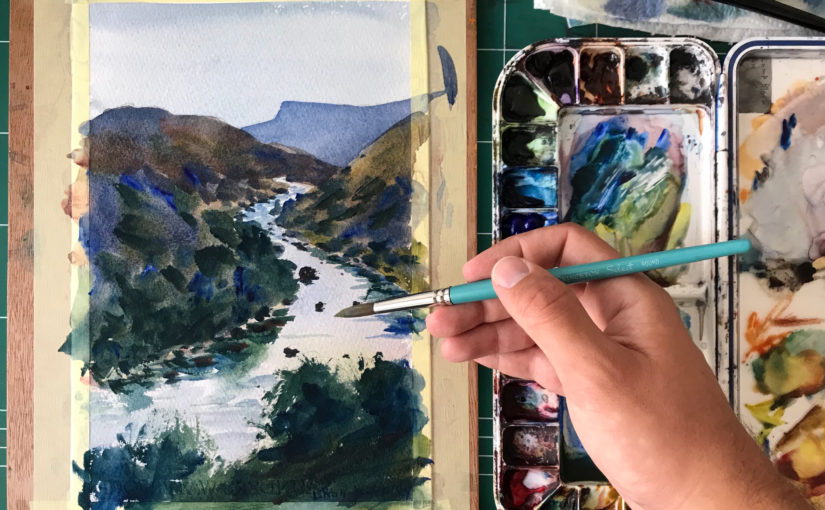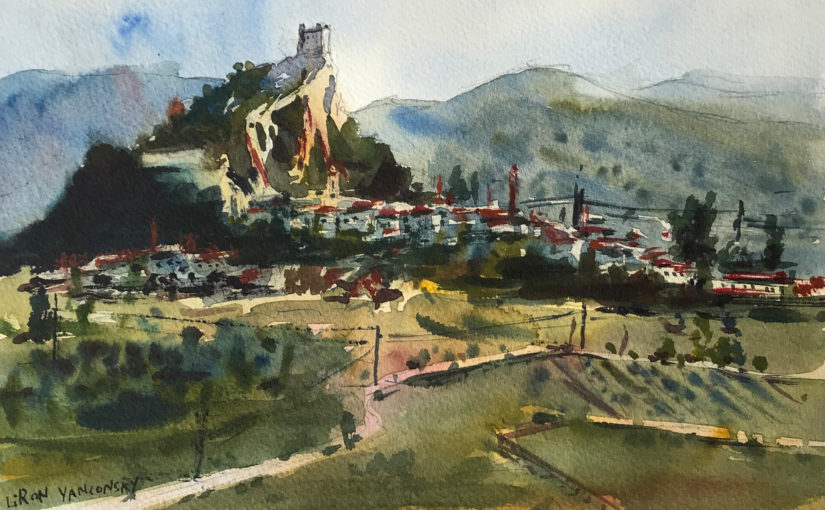Podcast: Play in new window | Download
In today’s podcast episode I want to demonstrate to you just HOW MUCH BETTER you can get in your art and craft – more than you even think is possible.
Pushing My Comfort Zone
Lately I’ve had multiple experiences that have led me to push my artistic comfort zone more and more. I’ve also been pushing my discipline further, and working really hard on my technical skills (mainly drawing people and faces).
This has led to exponential growth – and that surprised even myself!
In addition, I’ve gained some more nuanced watercolor insights, mostly in the context of wet-in-wet control.
The More You Learn…
The more you realize HOW MUCH MORE there is to learn. Every new thing opens up 3 new opportunities, and that’s how you continue growing exponentially.
When I Got Started…
Luckily for me and you, I’ve been documenting my artistic journey for many years now. You can actually go back, watch my old videos, look at old Instagram posts – and see for yourself…
When I got started – I sucked! In both drawing AND watercolor.
In fact, I can go even more back, and show you older drawings from over a decade ago to prove this. I wasn’t born with a specific talent. Perhaps I developed LOVE for drawing and sketching, meaning I naturally enjoyed it, was complemented for it and encouraged by some (but definitely NOT by many, haha!) to do it.
But it wasn’t like my first drawing was great. It wasn’t even good. They sucked!
But with time and effort, I improved.
And the good news is – you can too…
I hope you found this episode encouraging!
Below’s a list of ways to connect with me online.
TikTok – @Liron.Yan
YouTube – Liron Yanconsky Art
LinkedIn – Liron Yanconsky
Pinterest – Liron Yanconsky
Instagram – @LironYanIL
Twitter – @LironYan

